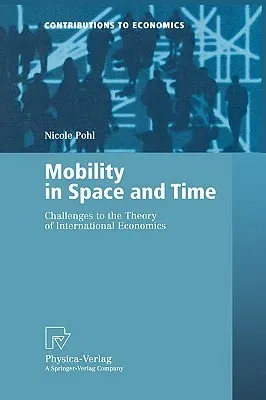Nicole Pohl
(Author)Mobility in Space and Time: Challenges to the Theory of International Economics (Softcover Reprint of the Original 1st 2001)Paperback - Softcover Reprint of the Original 1st 2001, 27 February 2001

Qty
1
Turbo
Ships in 2 - 3 days
In Stock
Free Delivery
Cash on Delivery
15 Days
Free Returns
Secure Checkout
Part of Series
Contributions to Economics
Part of Series
Studies in Fuzziness and Soft Computing
Part of Series
Nomos Universitatsschriften
Part of Series
Contributions to Economics Contributions to Economics
Print Length
235 pages
Language
English
Publisher
Physica-Verlag
Date Published
27 Feb 2001
ISBN-10
379081380X
ISBN-13
9783790813807
Description
Product Details
Author:
Book Edition:
Softcover Reprint of the Original 1st 2001
Book Format:
Paperback
Country of Origin:
DE
Date Published:
27 February 2001
Dimensions:
23.39 x
15.6 x
1.35 cm
ISBN-10:
379081380X
ISBN-13:
9783790813807
Language:
English
Location:
Heidelberg
Pages:
235
Publisher:
Series:
Weight:
358.34 gm

